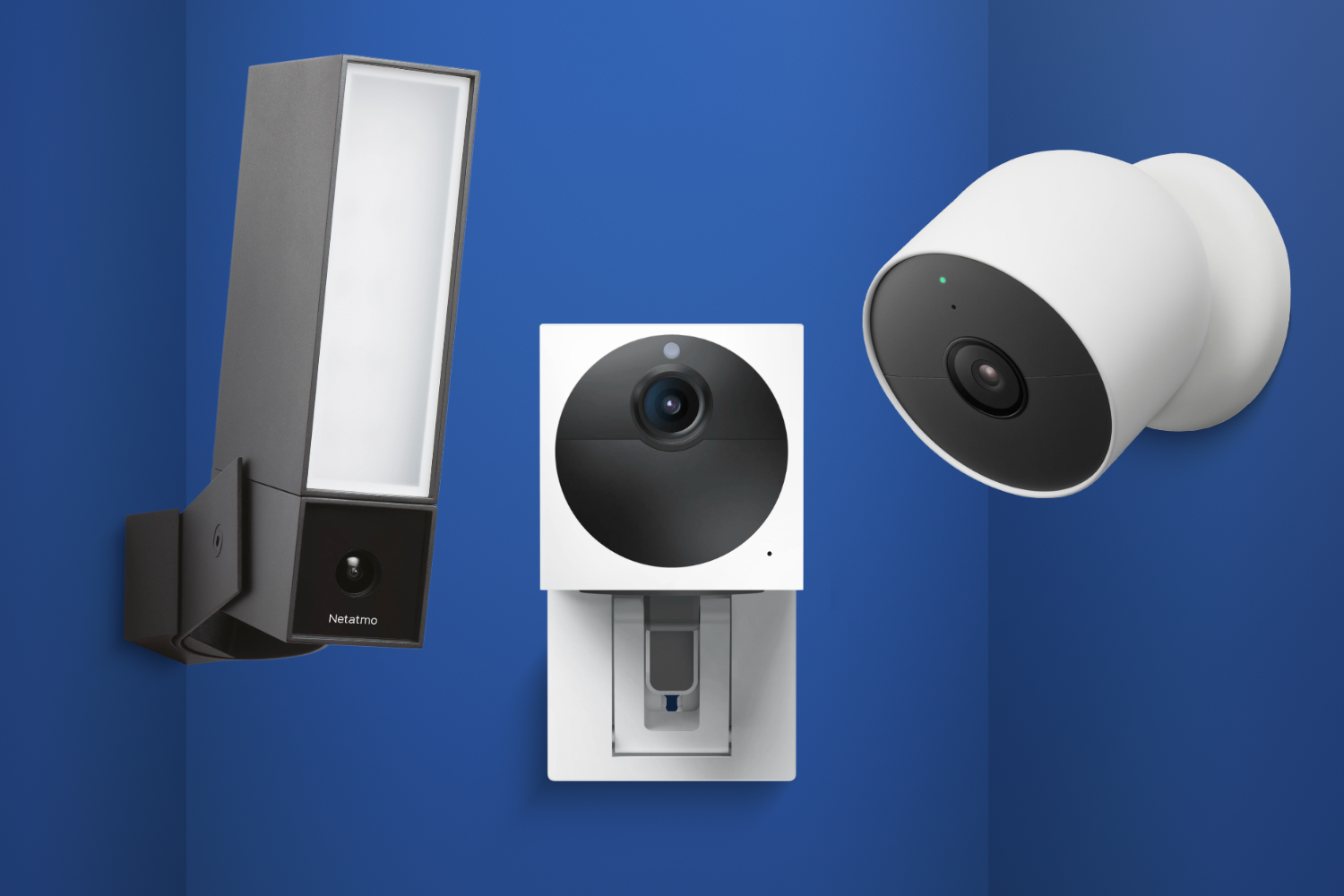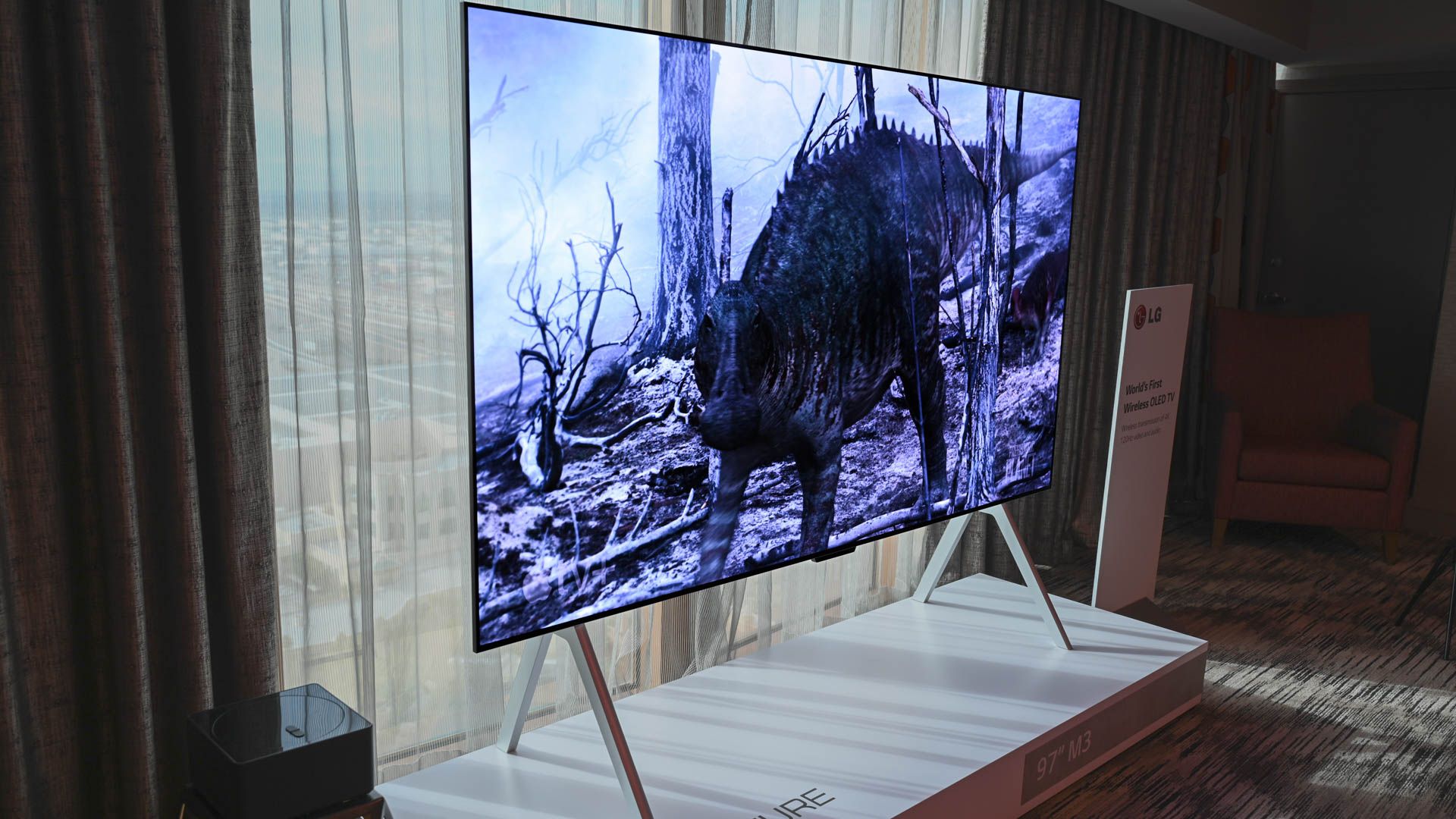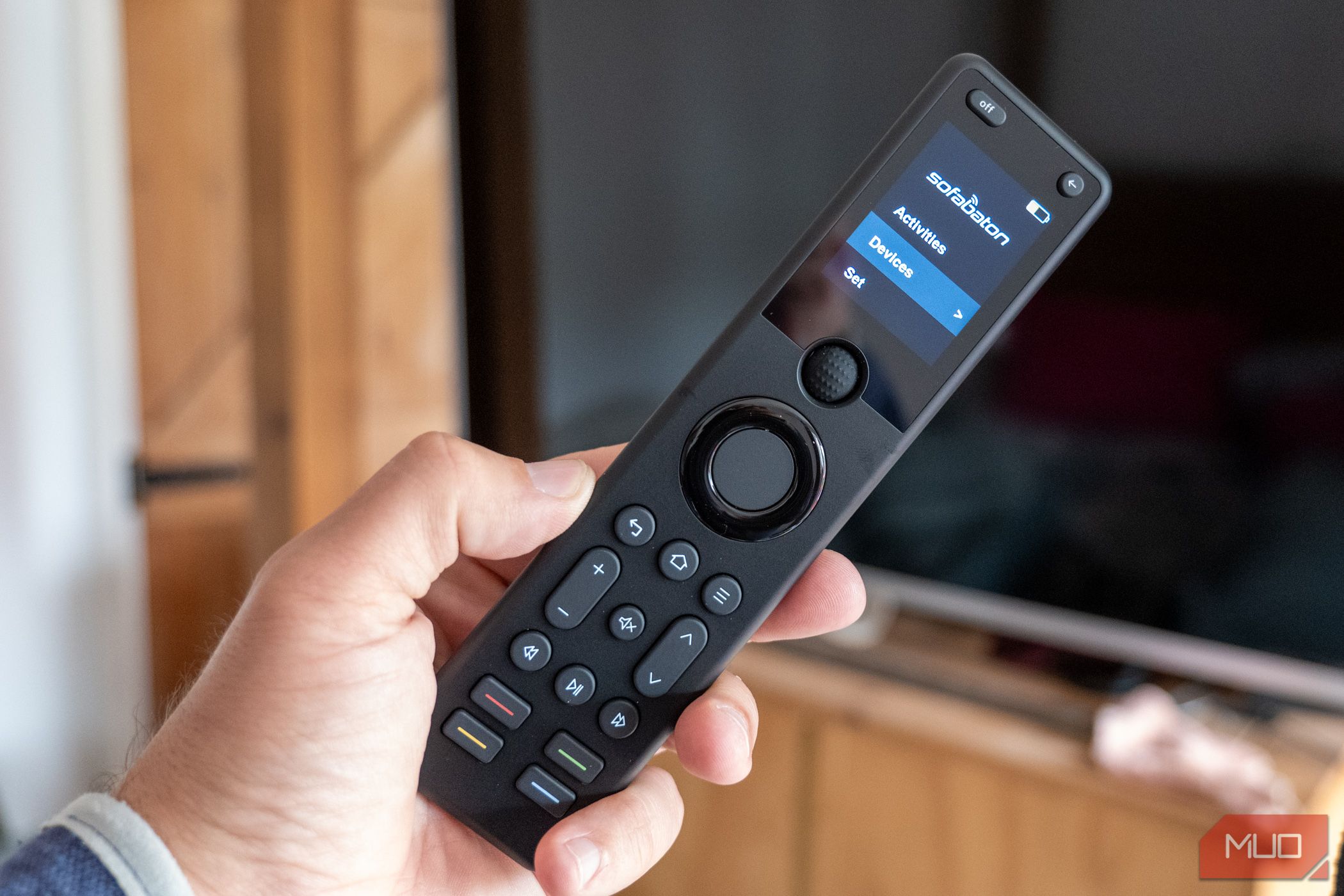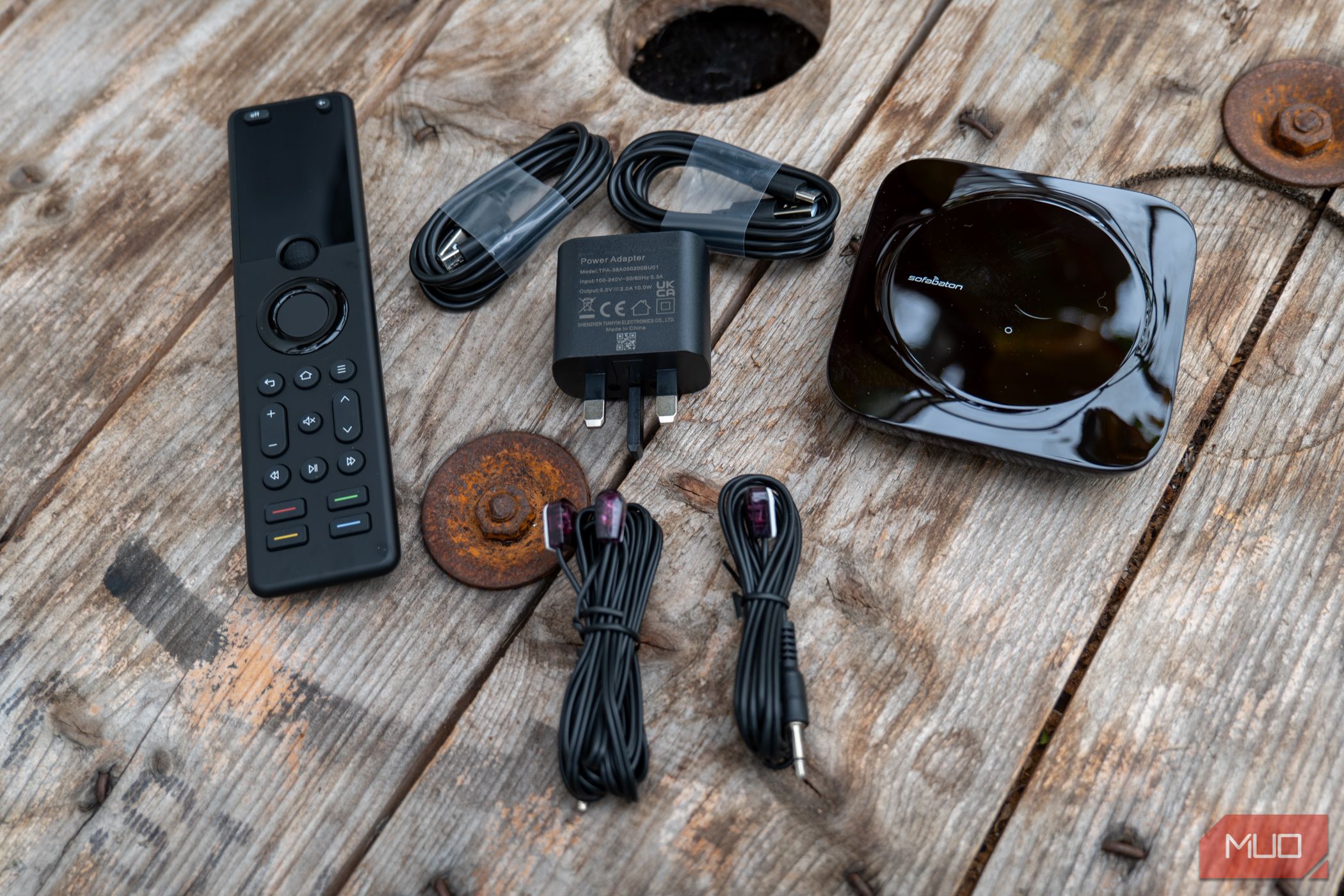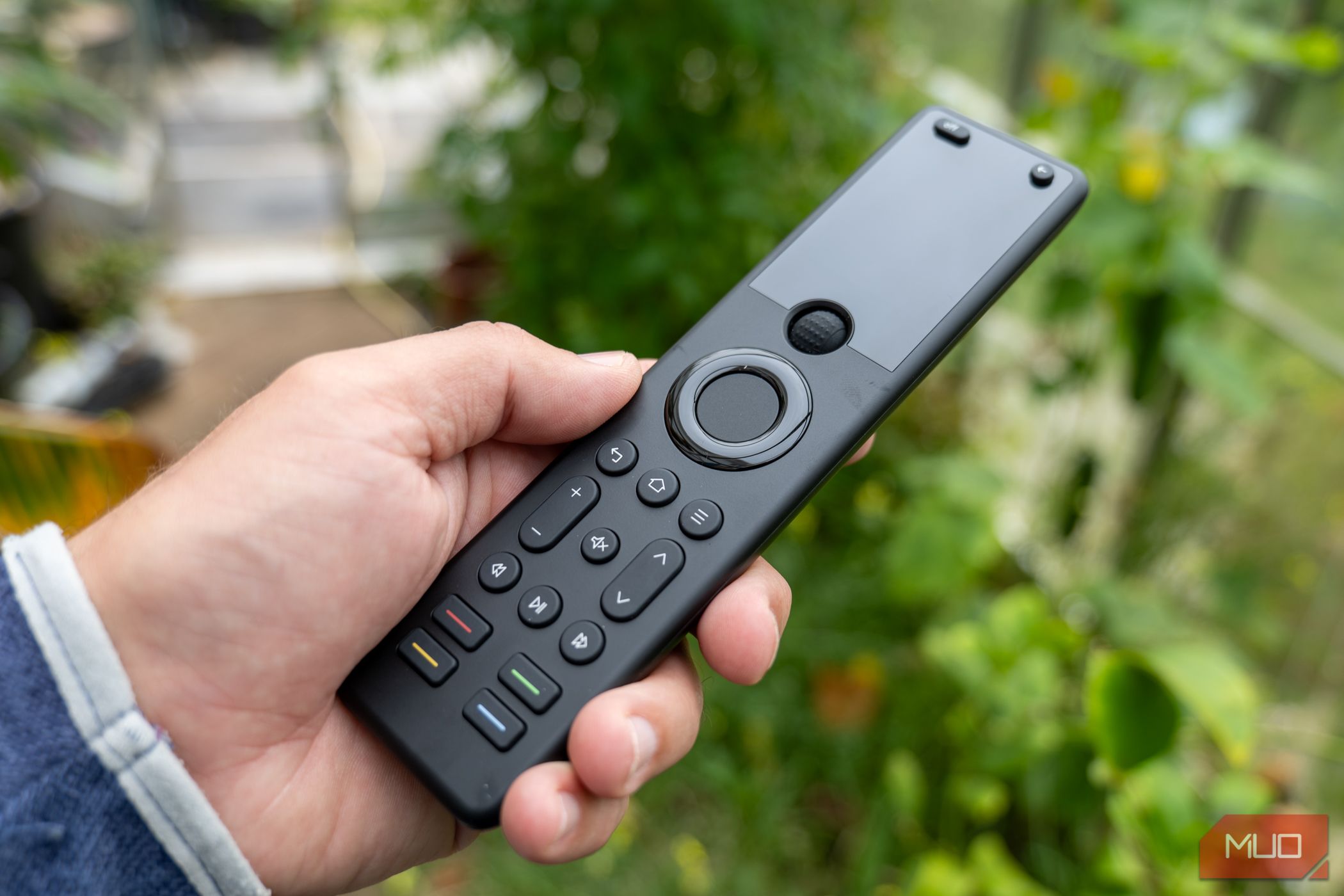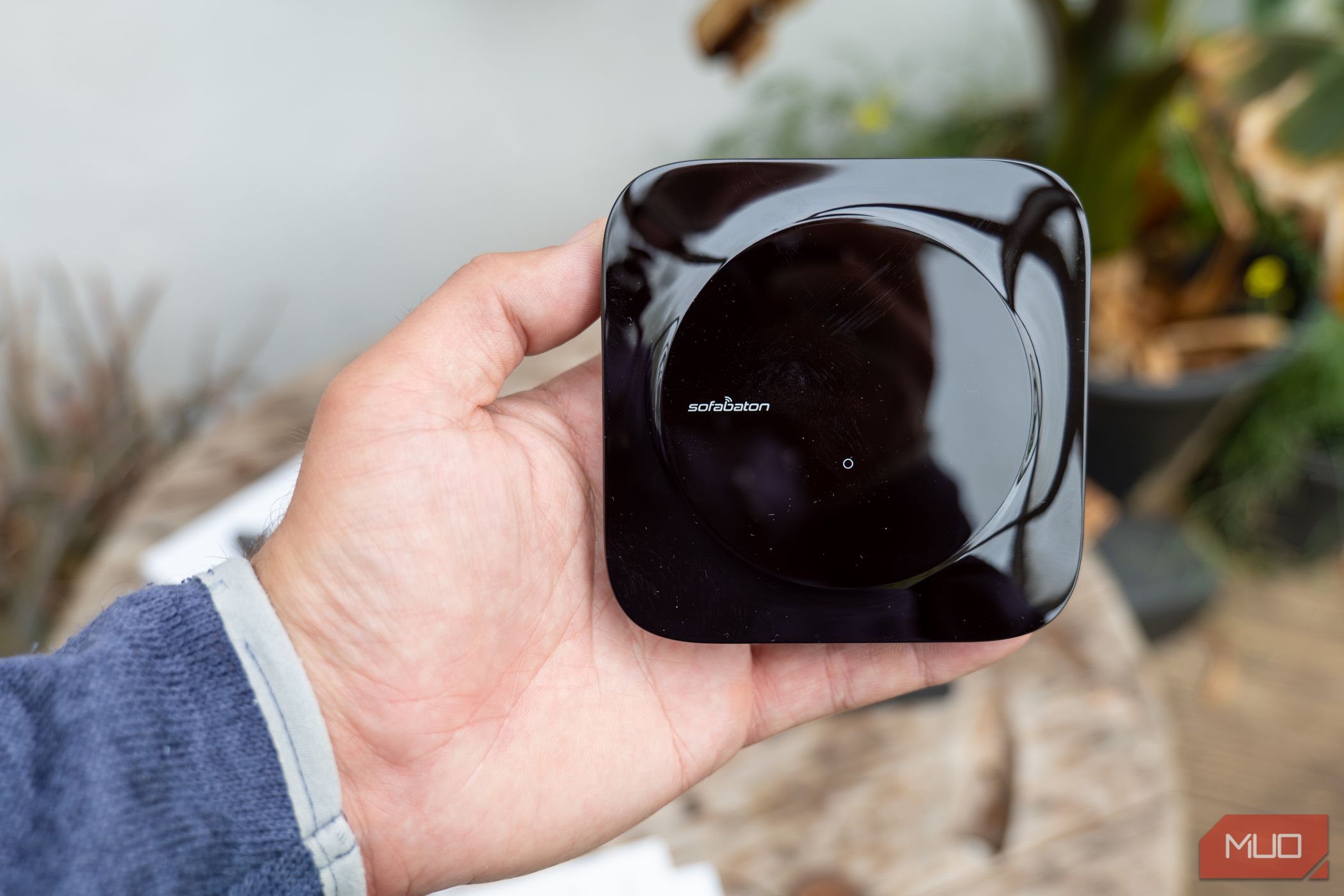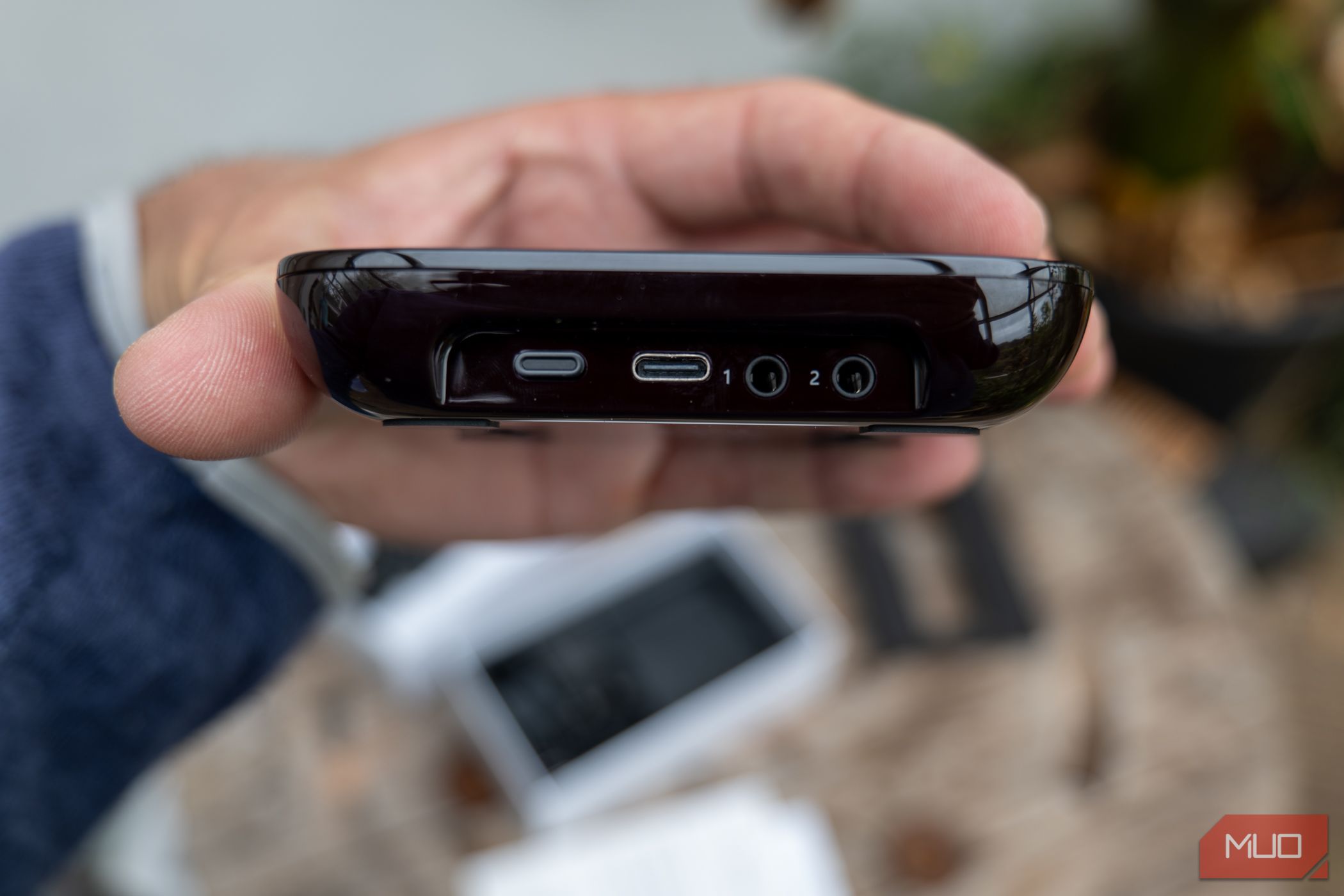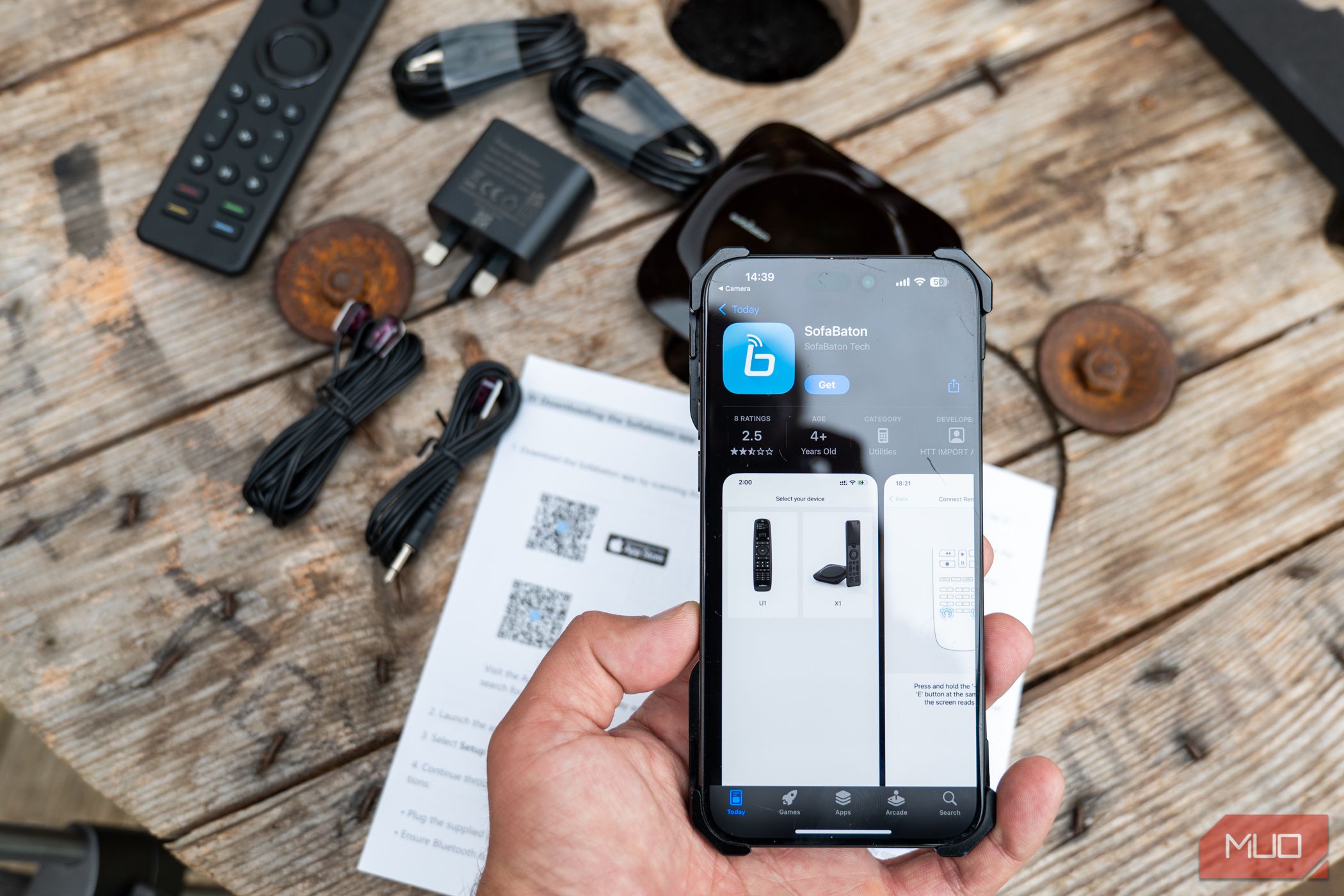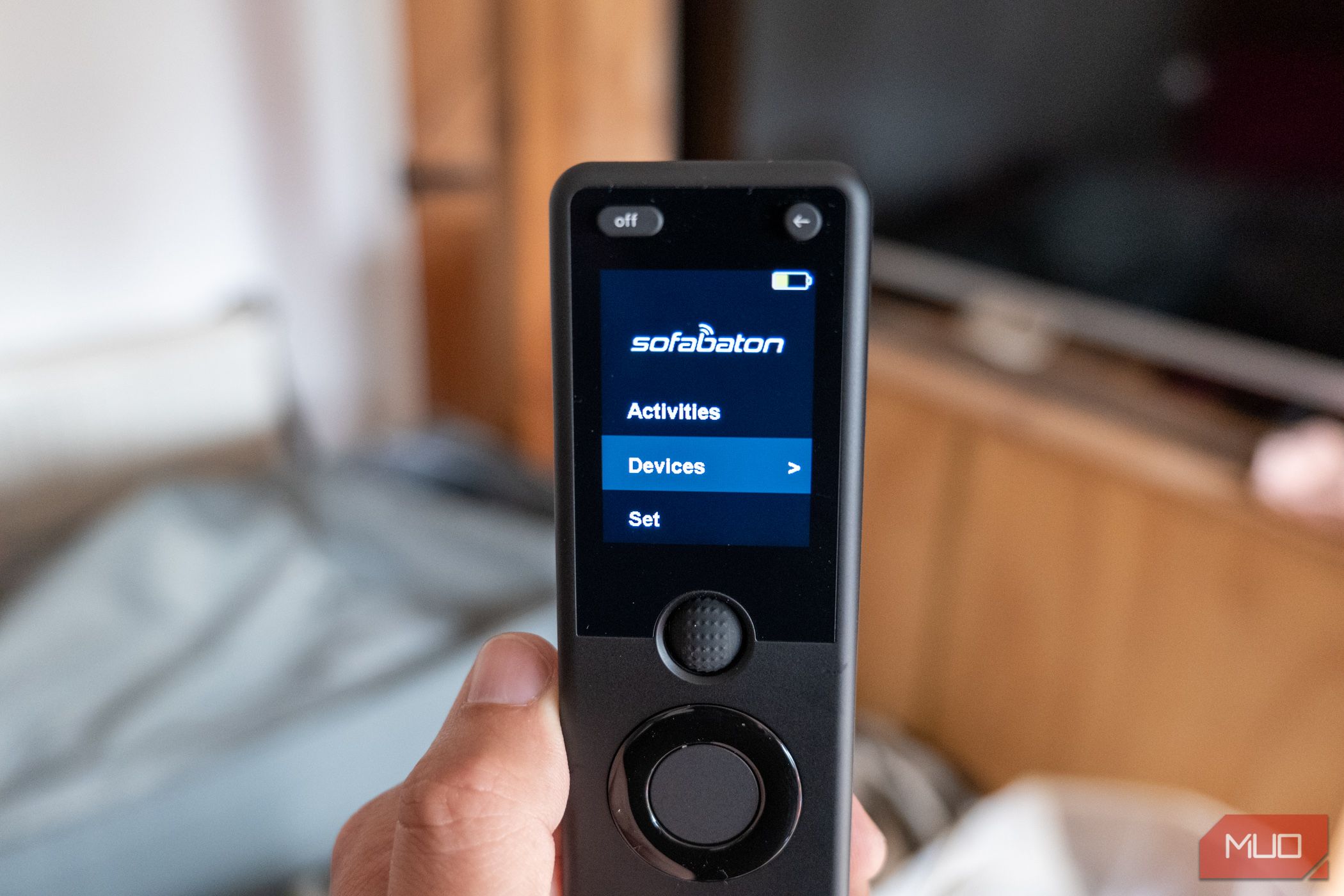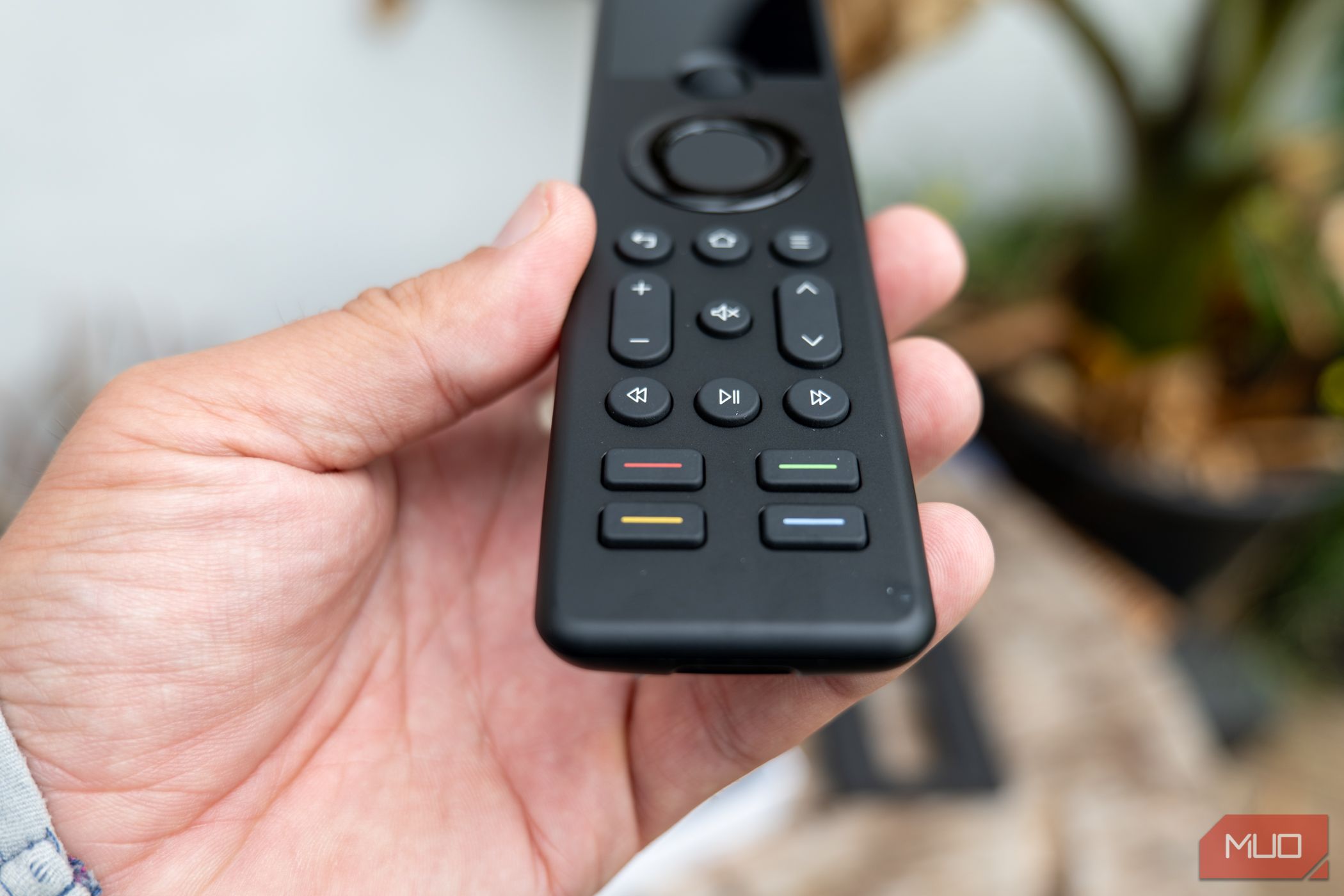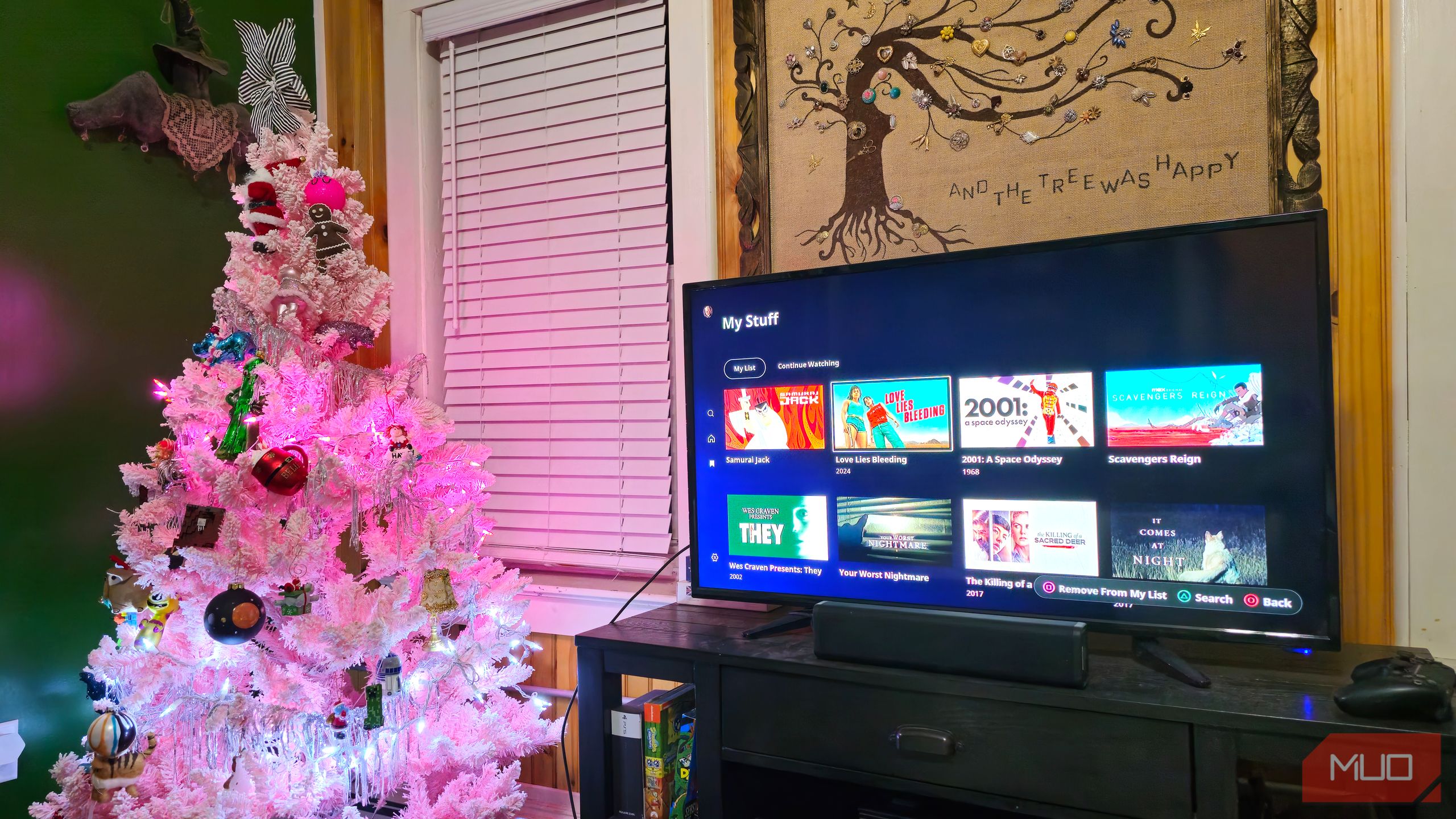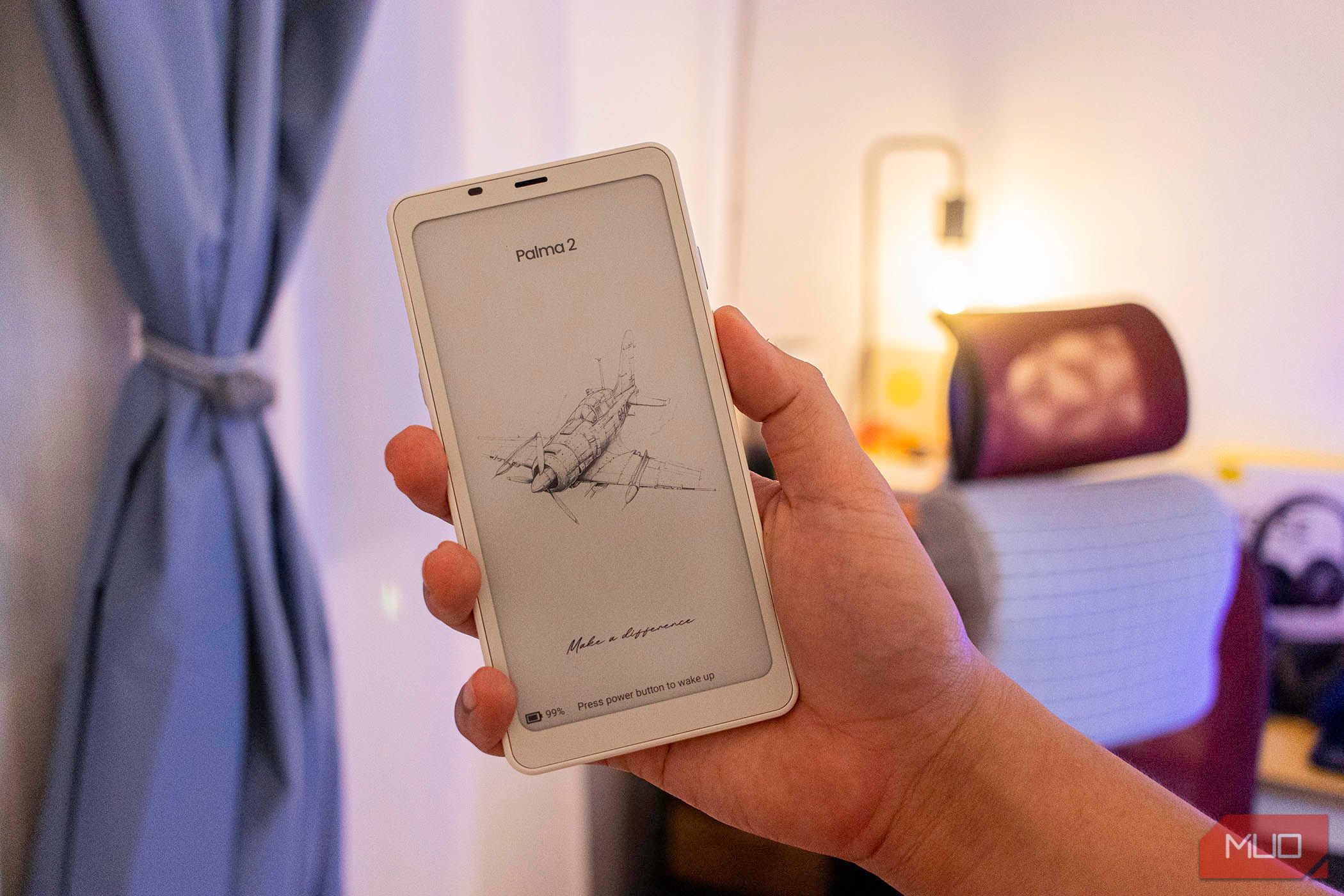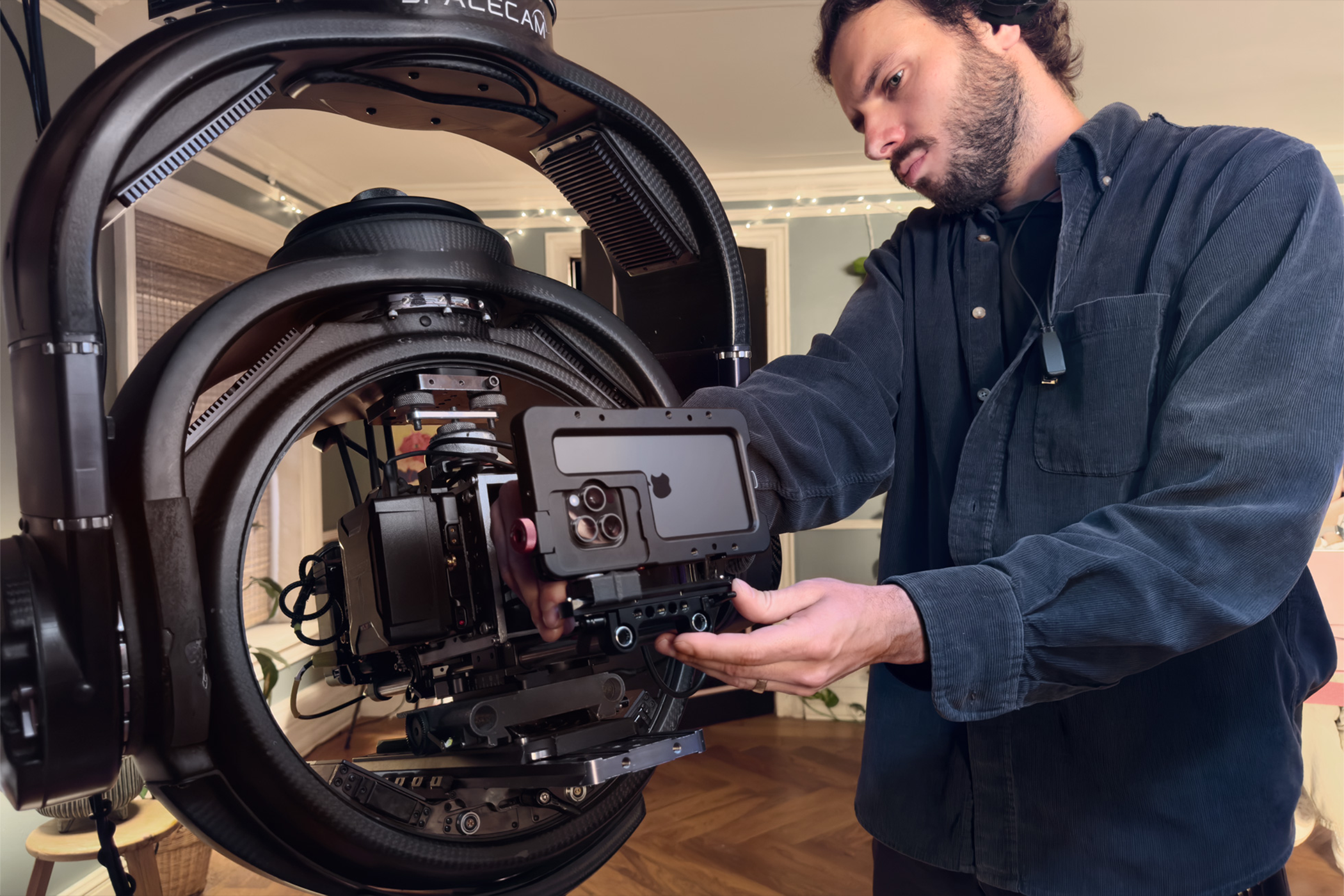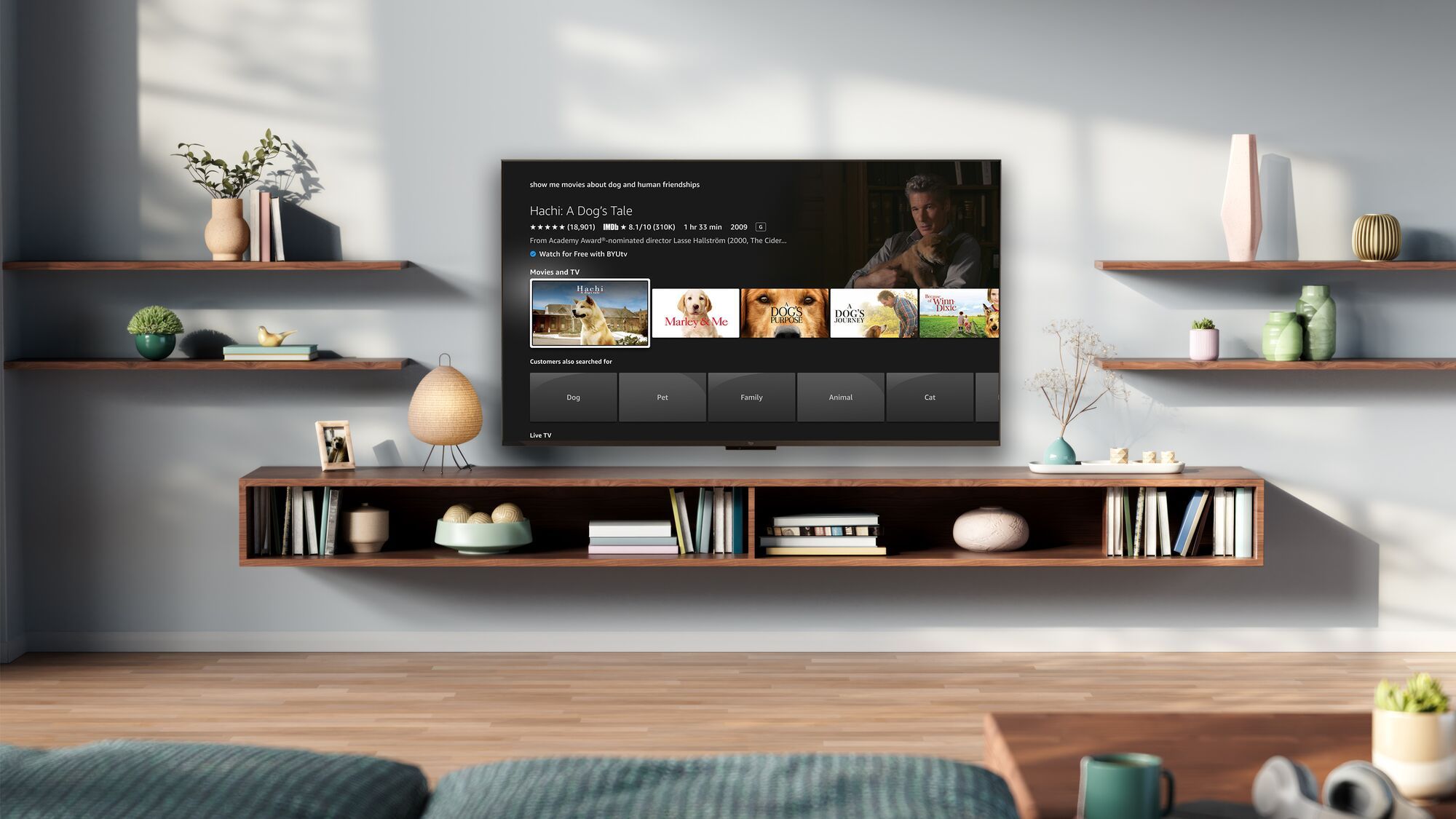Key Takeaways
- The SofaBaton X1S offers sleek hardware with a large database of infrared devices.
- The remote has a powerful IR signal and extenders if needed, but support for Bluetooth and Wi-Fi is less impressive.
- The smartphone-only app is poorly designed and frustrating for the initial programming.
Are you tired of having six different remote controls on the living room coffee table? The SofaBaton X1S is a universal remote control for infrared remotes and a handful of Bluetooth devices that can probably reduce that number by…half, if you’re lucky. It’s easy enough to add or program a simple infrared remote—but that just isn’t enough in the modern smart home anymore.
SofaBaton X1S
The X1S offers sleek hardware with a large database of infrared devices, and the ability to learn new ones. The hub provides a powerful signal, and IR extenders if you need to get inside a cupboard. While it also supports some of the major media devices with Bluetooth, and a handful of Wi-Fi devices, support is a lot more limited there as it’s unable to learn generic Bluetooth commands or use webhooks.
- Comfortable to hold remote and powerful hub
- Large screen to choose between activities
- Easy to learn a new remote
- Frustrating app, especially outside of basic IR remotes
- No support for RF remotes
- No support for smart home APIs or webhooks, ultimately limiting use to IR
Price and Availability
Retailing at $160, the SofaBaton X1S is widely available at Amazon and other outlets.
Specifications
- Brand
- SofaBaton
- Weight
- 125g (4.4 oz)
- Connectivity
- Infrared, some Bluetooth, some Wi-Fi
- Battery
- 1050mAh
- Integrated Screen
- Yes (not a touchscreen)
What’s in the Box?
Inside the SofaBaton X1S box, you’ll find the sleek remote featuring a color LCD screen and clickable scroll wheel to change devices or start activities. The rest of the remote is as generic as can be—by design—offering a slew of multimedia buttons that can be assigned to a mix of devices during your chosen activity (for instance, the volume might control your AV receiver, while the channels control your TV).
However, the remote itself is a Bluetooth device; it doesn’t emit an infrared signal. That’s the job of the included hub, a small, black, square device.
The hub runs off USB-C power and emits a powerful omnidirectional infrared signal. Provided your devices aren’t hidden away inside an enclosed cabinet, the signal should be able to reach them. In the unlikely event that they are out of range, the package also includes two optional IR blasters that plug into the rear of the hub.
What Can the SofaBaton X1S Control?
The SofaBaton can control any infrared, some Bluetooth, and a few Wi-Fi items. You can add up to 60 devices at once.
Infrared provides the widest compatibility, with a huge range of devices supported, either through the first-party database or user submissions. I found a profile for a similar AWOLVison projector, but not for my Yamaha AV receiver. Bluetooth support is limited to a handful of setup boxes, with one generic profile labeled “Other,” which turns out to be a way of letting it control an Amazon Fire TV. The Wi-Fi support is currently limited to Sonos, Hue, and Roku, which is disappointing compared to the generic API and webhook support that used to be offered by Logitech Harmony.
All programming of the SofaBaton X1S is done through the fairly primitive smartphone app (the 2.5-star rating tells you a lot), which requires you to create a user account. I would have preferred desktop software (as the old Logitech Harmony had), or a web app, but you’re stuck with smartphone only. It also fetches remote profiles from the cloud, which means that if the manufacturers pull the plug one day, your remote will no longer be programmable—and you wouldn’t be able to log into the app anyway.
Testing the SofaBaton X1S
First up was an AWOLVision LTV3500 Pro. Source switching doesn’t work because it’s not a simple toggle; you need to press the source button and then confirm the switch using the middle of the joypad. So I had to change the projector settings to bypass the home menu and no longer require source switching. That’s ok, I thought: my AV receiver handles that anyway. The matching profile I downloaded apparently didn’t include a power button, which was immensely annoying when trying to setup my first activity. By default, the SofaBaton will turn on any devices used in the activity, so you shouldn’t need to add a specific power-on action.
Next, I added the AV receiver: a Yamaha RX-V6A. I had to learn the remote by hovering over the hub and pressing buttons, as no profile was available. It’s tedious, but you only need to do this once. Unfortunately, there’s no way to directly switch to an input with this model’s remote either, so the source switching capability of SofaBaton’s activity automation doesn’t work. Not to worry; I rarely use something other than the default source—but it does mean I can’t actually get rid of that remote.
Lastly, I added Philips Hue integration through the Wi-Fi device type option, and while the integration is rather crude (you get an ugly list of commands), it works. You can turn on or off individual lights, or activate your entertainment zone. By default, you’re shown an image of a remote control, but of course, none of the buttons do anything because it’s not a media player. For Hue, you need to click on the three dots to access the long list of exposed Hue controls. It’s an ugly interface, and there’s no way you’d opt to use this instead of your smartphone, so it’s only really useful for automation as part of routines.
Once you have your devices programmed, creating an activity is simple, but getting everything to work correctly within it is not. Name the activity, select the devices that are used in it, and you’ll be taken to the standard on and off routines. By default, these include powering on the included devices, and setting them to your chosen source, but you can override both of these initial statuses to request it not change the power or not bother switching input. Although these default actions can’t be removed from the action sequence, you can add delays, custom button presses, and rearrange all the items in the sequence.
In practice, it takes a little while to get used to clicking the scroll wheel to select and start an activity; you naturally want to tap the screen (it’s not a touchscreen) or use the SofaBaton’s directional pad (which will be mapped to one of your media devices). The scroll wheel is dark black on a dark black remote, and in my typically dim home cinema, it’s not so easy to locate. Thankfully, a quick “off” button in the top left will shut down your current activity.
Unfortunately, like any infrared remote, it’s unable to determine the current state of a device; infrared is a one-way communication from the controller to the device. That means that if you activate an activity from the SofaBaton, but a family member accidentally uses the older remote to shut things down, everything is out of sync. And since I had to keep most of the remotes on my coffee table anyway, this happened often. To correct this, you’ll need to put the activity exactly back as it should be using the regular remotes before you can turn off the activity from the SofaBaton again. Remember when you had to train family members not to use the old light switches because it would kill your smart home control? This is 100 times worse than that.
This isn’t a problem unique to the SofaBaton; it is one of the benefits of the modern smart home, where devices can talk to each other with status updates and intelligent multifactor automation (“if this and this is true, do this”).
Should You Buy the SofaBator X1S?
I found the SofaBaton app clunky, with features forced into an interface not designed to support them and an overall frustrating experience trying to get even a simple activity working. This isn’t entirely the fault of SofaBaton, but that app doesn’t make the experience any easier. In the past, a basic remote control was the only way of interacting with something. However, remote controls nowadays are an auxiliary to the smart functionality of most devices. You could use a remote, but you probably don’t need to because it’ll automatically switch sources, or you’ll use our smart TV user interface instead. Or you just talk to things. This makes the concept of a universal remote more difficult than ever.
The biggest issue with the X1S is not what it supports—infrared controls work as expected and are responsive, with a powerful IR signal flooding the room—but what it doesn’t. It just isn’t universal enough. If the SofaBaton X1S aspires to be a truly all-in-one universal remote control, it will need a lot more than infrared. In my home cinema, for instance, the screen uses 315Khz RF. The smart shades use RF for their remote, too, but can equally be controlled using Matter over Thread. None of that works with the SofaBaton, so I still need to keep a few remotes handy.
I could feasibly swap the blinds for a Bluetooth-based SwitchBot solution, but even then, the Bluetooth device support is limited, and SofaBaton can’t learn generic commands sent from a phone app.
I could even hack together an IFTT web command…if the X1S supported webhooks, but it doesn’t, and it’s not clear why. Pinging a user-defined web URL is far less complex than interacting with a finicky Philips Hue API (and I would know).
Whether or not you should buy the SofaBaton depends on how complex your setup is. If you have a bunch of simple infrared remotes and perhaps a Philips Hue lighting system or even a handful of supported Bluetooth devices, you can probably get the SofaBaton to do what you want in a couple of hours. But for everyone else, I don’t think it’s worth the effort in the modern smarthome, where most of your devices won’t be controlled through infrared. And I certainly wouldn’t call it an alternative to the excellent Logitech Harmony Ultimate.
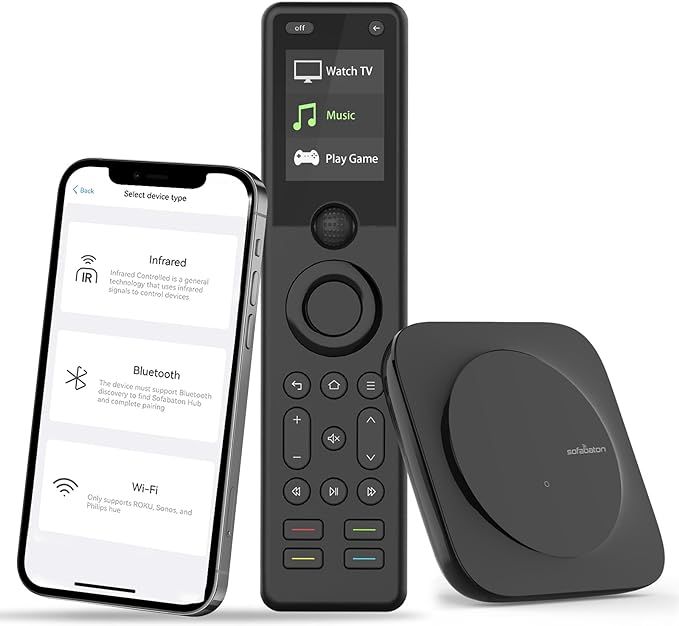
SofaBaton X1S
The X1S offers sleek hardware with a large database of infrared devices, and the ability to learn new ones. The hub provides a powerful signal, and IR extenders if you need to get inside a cupboard. While it also supports some of the major media devices with Bluetooth, and a handful of Wi-Fi devices, support is a lot more limited there as it’s unable to learn generic Bluetooth commands or use webhooks.
